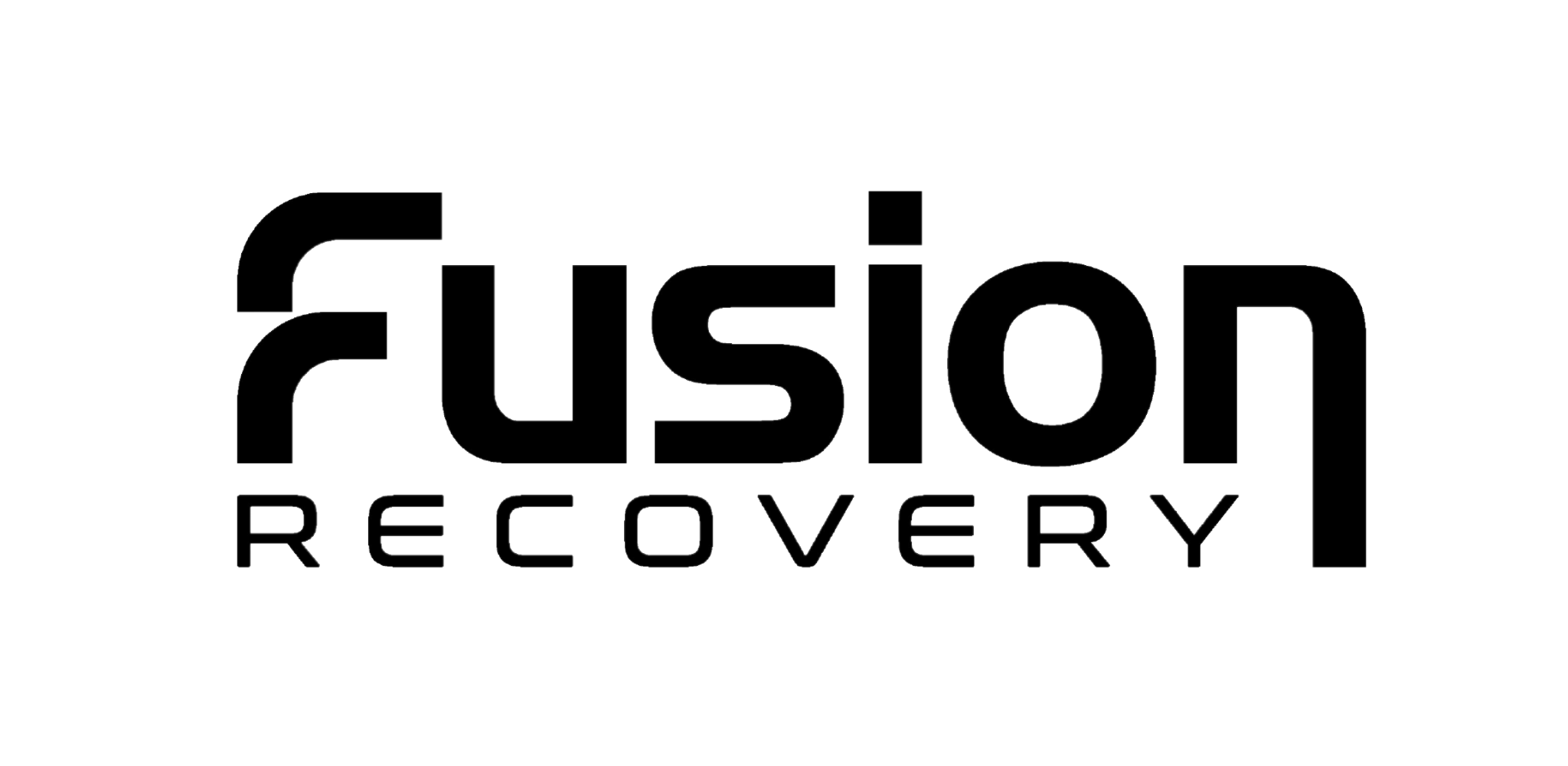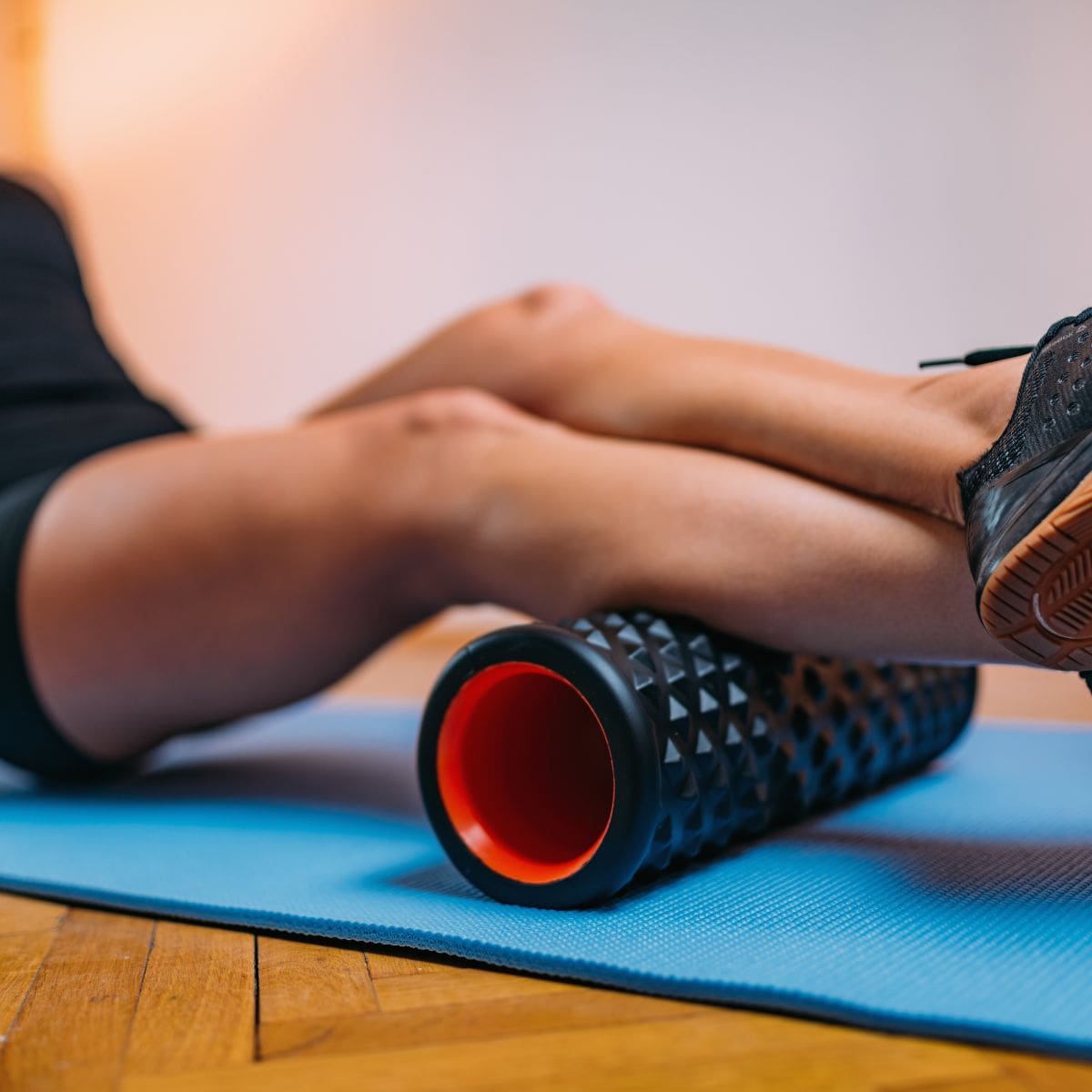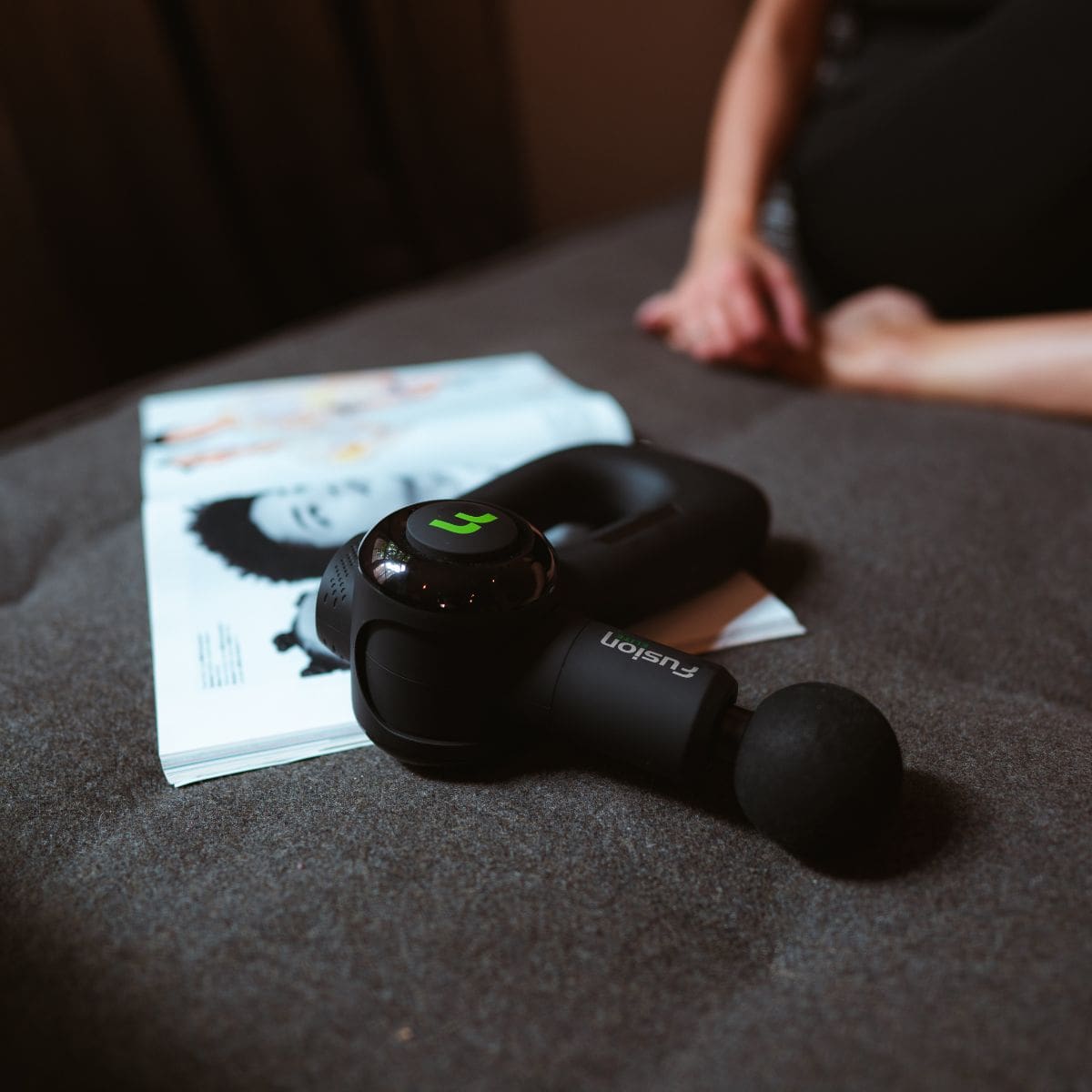Do foam rollers work?
This is a question that many people have been asking for years, and with good reason.
Foam rollers are widely used by athletes, physical therapists, and fitness enthusiasts alike to ensure better performance and overall health.
But do they really work?
The short answer is yes; foam rollers do work.
Foam rolling can help improve flexibility and reduce muscle pain, soreness, and tightness. It can also increase circulation and even help improve posture and alignment.
But as with any exercise or treatment, it’s essential to understand the potential benefits and risks before you start.
In this article, we’ll help you understand precisely what foam rollers are, the benefits that come with bouts of foam rolling, and how you can use them to improve your performance.
You'll also learn about potential risks associated with foam rolling, such as bruising and muscle damage.
Uncovering How Foam Rollers Work
Foam rollers are cylindrical recovery tools made of hard foam or rubber that can be used to massage and stretch the muscles in your body.
They are usually used for self-myofascial release, a massage focused on breaking up adhesions in the fascia or connective tissue. This helps to reduce pain, improve mobility, increase flexibility, and speed up muscle recovery.
When you use a self-myofascial release tool like foam rollers, you are essentially performing a self-massage. You roll the tool over your muscles in slow, controlled motions. This helps to break up any knots or adhesions that have formed in the fascia, which can be caused by tightness or repetitive activity.
It’s important to note that foam rolling isn’t a replacement for static stretching and other forms of exercise; it is simply an adjunct to them.
Foam rolling should be part of a comprehensive training and rehabilitation program. Now that we know that foam rollers work, let’s dive into just how you can use them properly.
How to Properly Use Foam Rollers
Using a foam roller is relatively simple, but it’s essential to understand the basics before you start.
Here are some tips for using one in good fashion:
Find one that suits your needs
The first step in using a foam roller is finding one that’s suitable for your particular needs.
There are many different types of foam rollers, so it’s important to choose the right one for you. For instance, some foam rollers have bumps or ridges to help dig deeper into the muscle tissue, while others are smoother and gentler on the skin.
For those just starting out, a softer piece is usually the best option. Once you've found the right cylindrical foam roller, it's time to start rolling.
Identify areas of tension

With your recovery tool in place, it's time to start searching for areas of tension.
This can be done by slowly rolling over different body parts and paying attention to areas that feel tight or sore. Trigger points can also be targeted with the roller for added effect.
These points are areas of body mass that contain knots or tightness, and they are usually located in the back, neck, and shoulders. Once you’ve identified these areas, you can focus on rolling them with the foam roller.
Roll in slow, controlled motions
While it may feel tempting to hurry through a foam rolling session, it’s important to do so in slow, controlled motions.
The slower you roll, the more time your body has to adjust and respond to the sweeping pressure of the roller. This will help you get the most out of your session and reduce any potential discomfort with less muscle pain perception.
When rolling over a muscle, start at one end and slowly roll over it until you reach the other end. Then, repeat the same rolling motion over the entire muscle for a few minutes.
Spend more time in tense spots

Spending a few minutes foam rolling on tense spots in your body can help release any tightness or knots.
If you find an area that feels particularly tight or sore, you can spend more time rolling it over with the foam roller. You can also vary the sweeping pressure by leaning into the roller and then backing off to reduce tension.
This will help to release any adhesions in the fascia and make it easier for your body to move more freely.
Breathe
It is important to remember to breathe correctly when you are foam rolling.
Taking deep, slow breaths can help reduce tension in the body mass and upper body, allowing for more effective muscle relaxation. This will also help prevent any pain or discomfort caused by applying too much pressure. In addition, focusing on your breath will help keep your mind focused on the task at hand and reduce stress levels.
Finally, breathing deeply will help you get into a rhythm, enhancing your overall foam rolling experience.
Now that you have a better understanding of how to properly use textured foam rollers, it’s time to put them into practice. Let's see what benefits one can bring to your workout.
General Benefits of Using Foam Rollers That Work
From increased muscle flexibility and range of motion to improved joint range, foam rollers can be an excellent addition to any workout plan.
Here are some key benefits that come with making use of this recovery tool:
Faster muscle recovery time
First on our list of benefits of foam rolling is that it can help reduce recovery time between workouts.
Putting your body muscles through strenuous activities can cause them to become tight and sore. Foam rollers can help reduce the buildup of lactic acid, which helps speed up the recovery process.
This means you can get back to your training quicker, helping you reach your fitness goals faster.
Reduced risk of injury
Foam rolling can also help reduce the risk of injury.
Mobility and flexibility are essential for physical and warm-up activity, and foam rollers help increase both. This will help you perform better in your chosen activities without putting too much strain on muscular function.
What's more, foam rolling helps to break down scar tissue and adhesions, which can lead to further problems if left untreated.
Foam rolling can help prevent these issues before they become a problem.
Increased muscle flexibility

Another benefit that comes with using a foam roller is increased muscle flexibility.
If you're one to take part in highly physical activities that require a lot of explosive range of movement, then you know how muscle flexibility can be a determining factor in your success. Foam rolling helps you become more flexible over time as it helps increase your range of motion.
This will then make it easier for you to perform better and with less pain during physical activities as your muscles are now more limber.
Stress relief
While it may seem strange to think of foam rolling as a way to reduce stress, it really can be.
The physical pressure applied by the roller helps to release tension and improve circulation in the body. This can help reduce the stress hormone cortisol levels, leading to a more relaxed state.
Foam rolling is also a great way to clear your mind after a long day or intense workout.
Taking a few minutes to focus on your body weight and mood can help reduce mental fatigue, making it easier to prepare for your next challenge.
Improved blood circulation
Another benefit that using a foam roller can bring to your workout is improved circulation.
Foam rollers massage muscle fibers, which helps increase blood flow to that area. This increased circulation helps reduce the soreness and discomfort associated with physical activity and also speeds up the healing process of any injuries that may have been sustained during exercise.
In addition, enhanced circulation also increases the delivery of oxygen and nutrients to muscle tissues, helping them to function properly and recover quickly.
Reduced delayed-onset muscle soreness
Ever experience soreness the day after an intense workout?
That is known as delayed-onset muscle soreness (DOMS).
This muscle condition is characterized by muscle soreness and stiffness that usually peak 24–72 hours after intense exercise.
When left untreated, DOMS can significantly reduce muscular performance and even lead to injury. This is also where foam rolling can be of great help. Foam rollers can help reduce the symptoms of DOMS by increasing blood flow to the affected area.
This helps to reduce inflammation and expedite recovery, allowing you to get back to your training routine sooner.
Have significant effects on muscle pain sensation
Foam rollers also tend to have long-term effects on muscle pain sensation.
This is especially true for those with chronic or long-term muscle pain, such as fibromyalgia, arthritis, or chronic fatigue syndrome. Foam rolling helps to increase circulation and reduce tightness in soft tissues, which can improve mobility and reduce discomfort.
The increased circulation also helps flush out toxins and metabolic waste, reducing inflammation throughout the body mass. This, in turn, can help reduce pain in the affected areas for better muscular function.
Sensation of muscle soreness will also be reduced after foam rolling, allowing for a faster return to normal activity levels.
Enhance athletic performance
Whether you're an amateur or a professional athlete, foam rolling can help enhance performance.
The increased circulation helps to reduce soreness, making it easier to perform exercises and drills with good form. This helps to increase the efficiency of your movement and can help you push yourself further and faster.
In addition, foam rolling helps to improve mobility and flexibility.
This improved range of motion can make it easier to move quickly and fluidly, which can be beneficial for sports like basketball, soccer, and running.
Improved posture

Foam rolling can also be used to improve posture.
Poor posture can lead to neck and back pain, fatigue, and poor breathing. Using a textured foam roller on the back, neck, and core muscles can help reduce tension in tight muscles that cause poor posture.
This will help you maintain good form while exercising or standing and improve your overall posture.
Enhance range of movement
When it comes to improving strength performance in any sport, having a good range of motion is essential.
Foam rollers can help with this by increasing flexibility and range of motion.
Regular use of foam rollers will help reduce tension in tight muscles, allowing athletes to perform exercises and drills properly and more efficiently. This improved range of motion can greatly benefit strength training programs, as it enables you to lift heavier weights and decreases your risk of injury.
These are just some of the many benefits of foam rolling.
Whether you're an athlete looking to improve performance or just someone who wants to reduce muscle pain outcomes, foam rollers are definitely worth a try.
Now let's dive into the potential risks associated with foam rolling.
Potential Risks of Using Foam Rollers
While foam rolling is a safe and effective way to improve muscle recovery and strength performance, it does come with some potential risks.
Let's shed light on a few of them.
Bruising
Bruising is a potential risk associated with foam rolling.
Bruising occurs when the tissues in and around the muscle become damaged due to excessive pressure from the foam roller. This can often happen if you are new to using a tool or if you are using too much pressure with a dense foam roller on an already injured muscle or area.
To reduce negative effects like bruising, it’s essential to always start with light pressure and gradually increase it as your body adjusts.
Discomfort and skin irritation

Another potential risk associated with foam rolling is discomfort and skin irritation.
This can be caused by using too much pressure when rolling or by using the wrong type of roller for your body size or specific needs.
To reduce the risk of discomfort and skin irritation, it’s important to use a foam roller that is soft enough to conform to your lower and upper bodies but firm enough to provide the necessary pressure.
Injury or inflammation
Last on our list of risks associated with foam rolling is the potential for injury or inflammation.
This is especially true in cases where your muscles are already injured, inflamed, or tight. With intense bouts of foam rolling, foam rolling can exacerbate the inflammation or cause further injury.
That's why it's important to use proper form and technique, start with light pressure, and avoid any areas that are injured or inflamed, just as we've discussed in this guide.
This way, you can reap the benefits of foam rolling while avoiding any potential risks.
So, there you have it: while foam rollers do work and have many benefits, it’s important to remember that they come with potential risks that can have effects on performance.
Now that we know more about certain risks that come with making use of foam rollers, we must understand what factors should be considered when choosing foam rollers.
Frequently Asked Questions
Still got questions on whether foam rollers work or not?
Find answers to some of the most frequently asked questions we get about the topic below.
How long does it take for foam rollers that work to show results?
The typical duration for foam rollers to show results varies based on the individual and the area being rolled.
It may take several weeks of consistent use to see improvements in range of motion, muscular performance, and recovery times.
What's more, it is essential to remember that the benefits of foam rolling are cumulative, meaning that it takes regular use of a foam roller to maintain its beneficial effects.
What is the recommended frequency for using foam rollers?
The recommended frequency for using a foam roller depends on the individual and their needs.
Generally, it is recommended to foam roll 2-3 times per week to maximize the benefits of foam rolling. It is important to note that foam rolling should be used at most once every two days, as this could cause injury or increase the onset of muscle soreness.
When should one avoid using foam rollers?
While foam rolling has many benefits, there are certain instances in which it is best to avoid using it.
These include if you have recently injured your muscles or have an opened wound, as well as if you are experiencing pain or discomfort while rolling. What's more, it is essential to avoid rolling over any bony areas, as this can increase the risk of injury or discomfort.
Finally, if you experience pain or discomfort while using a foam roller, you should stop using it.
What's an excellent alternative to using foam rollers?
While foam rollers are the most popular and widely used option for self-myofascial release, there are several alternatives that can provide similar benefits.
These include massage guns, massage balls, and even leg massagers.
Massage guns are handheld devices that can be used to target deep muscle tissue with vibration. Take the Fusion Elite as an example.
This device is especially beneficial for athletes and those with chronic pain or onset muscle soreness, as they can help reduce inflammation and improve mobility.
Massage balls are another great alternative for those looking to release tension and muscle stiffness. They are especially helpful for targeting hard-to-reach areas, such as the rotator cuff or glutes.
Finally, leg massagers are a great option for those with little to no muscle pain perception or discomfort. Models like the Air C Pro Leg Massager feature adjustable leg sleeves that wrap around your legs for a self-induced massage.
Other alternatives to cylindrical foam rollers can include warm-up activities like dynamic stretching, yoga, and foam yoga blocks.
Conclusion
Hope this article helps you make an informed decision about whether foam rollers work or not and whether they are a good option for you.
Highly portable and cost-effective, foam rollers are an excellent option for anyone looking to improve their range of motion, reduce muscular tightness, and accelerate recovery times for better muscular function.
Getting started with a foam roller begins with finding the right one for your needs. Right after, you identify the areas to target and begin the process of rolling. Time can be spent on areas of tension or trigger points for a more effective foam rolling session.
Though results can take a few days to several weeks to show, regular use of a foam roller is the best way to maintain its benefits and achieve optimal performance and recovery.
If foam rolling isn’t your cup of tea, there are also several alternatives available. These include massage guns, massage balls, and leg massagers, which can provide similar benefits without the need for a foam roller.
While making use of a foam roller can be beneficial, it is important to note that there are risks associated with overuse or incorrect use. Common risks associated with foam rolling include injury, bruising, or muscle fatigue.
That's why you should ensure you use the foam roller only as recommended and stop using it if you experience any pain or discomfort. Get in touch with our team if you have any questions or need advice on which of our self-induced massage tools you can use for your particular needs.




